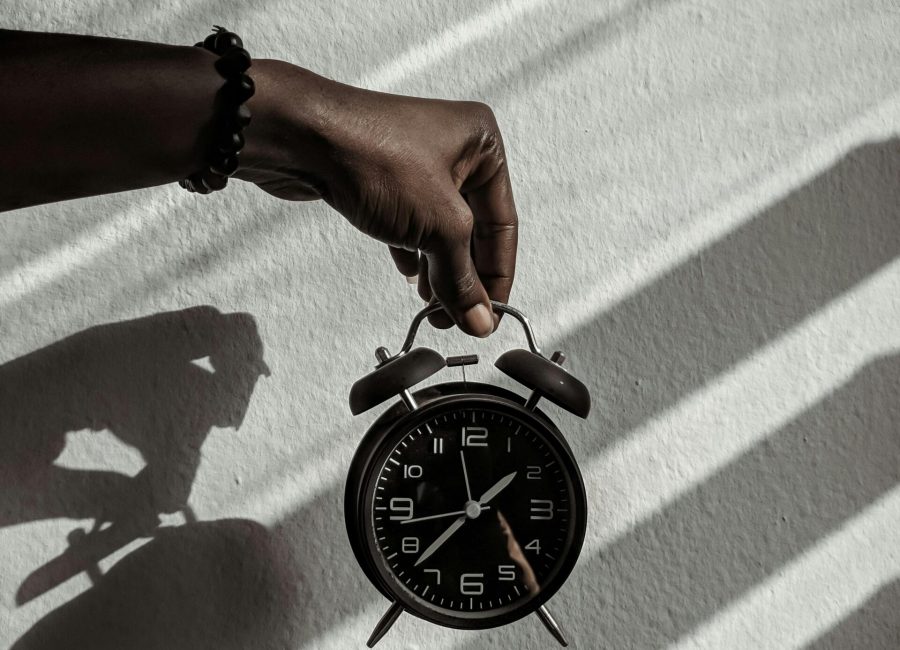In this hip pocket money news, our last one for 2016, we recap what made news in women’s pay, superannuation and with parenting costs.
What happened with women’s pay?
We learnt that women still earn almost 77 per cent less than men but that more women are moving into management positions.
The November update from private sector employer reports given to Australia’s Workplace Gender Equality Agency (WGEA), found that compared to the average man, there is a pay difference of about $27,000 for the average woman on a full time wage, and about $94,000 less in top management positions.
But the scorecard shows improvement in key gender equality indicators with lower pay gaps, greater movement of women into management roles and increased action from employers to address gender equality.
The key findings of WGEA’s report were:
- Gender pay gap (full-time total remuneration): 23.1 per cent, down 1.6 per cent
- Largest industry gender pay gap: Financial and Insurance Services: 33.5 per cent, down 2.6 per cent
- Key Management Personnel who are women: 28.5 per cent up 2.4 per cent
- Employers with policies to support gender equality: 70.7 per cent, up 4.5 per cent
- Employers who have conducted a gender pay gap analysis: 27 per cent, up 3 per cent
- Appointments of women to manager roles: 42.6 per cent
What happened with childcare costs?
Firstly, childcare costs are not just a woman’s money consideration. It is and should be gender neutral, but we tend to find that many women calculate the cost of care from their pay or household income.
What was concerning in 2016 was that government rebates failed to keep up with the rising cost of childcare and that this trend will continue.
The federal government has also just recalculated what it intends to pay out in childcare rebates to families and has lowered its forecast by as much as 20 per cent to help it save money.
This means that the government is not taking into account the rising cost of childcare, which the Department of Social Services estimates is up by nearly 7 per cent this year.
Not surprising then the number of families using the full $7500 annual childcare government rebate, has almost trebled in three years, from 2.3 per cent to 6.2 per cent, according to Australian newspaper.
The federal Education Department also estimated in the article that a record 93,500 families would hit the $7500-per-child limit for the daycare fee rebate before the end of the 2016 financial year. This meant that many families were having to pay much more themselves.
What happened in superannuation?
The average Australian woman’s superannuation balance continues to sit at about half that of the average Aussie male. So that’s around $55,000 in a woman’s super fund compared to $98,500 for men, according to AustralianSuper.
The May Federal Budget included some measures to help address the superannuation shortfall for women this year, but it failed on a direct response and it also delayed a key measure which would have made a difference.
That was to be the 2017 introduction of a measure to carry forward any unused pre-tax or ‘concessional’ contribution cap amounts over the past five years.
The start date has been pushed back to 1 July 2018 and only then will people be able to catch up on those years of missed pre-tax contributions (which usually happens on parental leave) once they returned to work and put more into super.
But there was some brighter news, including:
- Personal tax deductions for super contributions for anyone under 75 years of age.
- More incentive for partners to help build the super balances of women on lower incomes with an increase in the low income spouse tax offset to $37,000 per annum, compared to $10,800 per annum.
- Lower income earners will also be entitled to a tax offset via a refund of contributions tax paid on concessional contributions, up to a limit of $500.
- The annual cap on after-tax or ‘non-concessional’ contributions was lowered to $100,000, from $180,000.
















